
Why Regular Spa Visits Should Be Part of Your Self-Care Routine
In today’s fast-paced world, stress has become a constant companion. From tight work schedules and family responsibilities to endless notifications on our phones, our bodies and minds rarely get the rest they deserve. That’s why more people are turning to wellness practices to restore balance — and one of the most effective, yet often overlooked, methods is incorporating regular spa visits into a self-care routine.
A visit to the spa is much more than a luxury or indulgence — it’s an essential element of maintaining your wellness routine, improving your physical and mental health, and enhancing your overall quality of life. In this comprehensive guide, we’ll explore why spa treatments should become a consistent part of your self-care, the science-backed regular massage benefits, and practical tips on how to integrate spa visits into your busy lifestyle.
🌿 What Does “Self-Care Spa” Really Mean?
The term self-care spa goes beyond pampering yourself with an occasional facial or massage. It’s about dedicating intentional time to rejuvenate your body, calm your mind, and recharge your spirit.
Modern self-care is not selfish — it’s a necessity. Spa experiences are designed to help you slow down, reflect, and restore. Whether it’s a deep tissue massage to ease muscle tension, an aromatherapy session to reduce anxiety, or a hydrotherapy bath that improves circulation, each treatment contributes to holistic wellness.
A self-care spa approach recognizes that your body and mind are interconnected. By taking time to relax physically, you also promote emotional balance and mental clarity — key components of a healthy wellness routine.
💆♀️ The Science Behind Regular Spa Visits

Frequent spa visits aren’t just about feeling good; they have measurable health benefits. Studies show that regular massage benefits extend far beyond relaxation. Here’s how spa therapy affects your body:
1. Reduces Stress Hormones
Massage and aromatherapy lower cortisol levels — the hormone responsible for stress. Reduced cortisol helps regulate blood pressure, heart rate, and sleep quality.
2. Boosts Immune Function
Relaxation therapy enhances white blood cell activity, helping your body fight infections and maintain strong immunity.
3. Improves Blood Circulation
Spa treatments like hydrotherapy, saunas, and massages promote better circulation, which increases oxygen flow to muscles and tissues.
4. Eases Muscle and Joint Pain
Regular massages release tension, increase flexibility, and help manage chronic pain conditions such as arthritis or back pain.
5. Enhances Mental Well-Being
Massage and relaxation therapy stimulate the production of serotonin and dopamine — the “happy hormones” responsible for mood stabilization and motivation.
6. Promotes Better Sleep
A relaxed body naturally leads to deeper, more restorative sleep. Treatments such as hot stone therapy or aromatherapy massages are particularly effective for improving sleep quality.
When integrated into your wellness routine, these benefits compound over time, helping you stay resilient, calm, and energized.
🕰️ Why Consistency Matters: The Power of Regularity
Just like exercise or healthy eating, the benefits of spa therapy are best achieved through consistency. One visit offers temporary relief, but regular spa visits can create long-term wellness transformation.
Here’s how consistent self-care impacts your body and mind:
- Cumulative Stress Reduction: Each visit helps your nervous system return to a calmer baseline, reducing long-term stress.
- Muscle Maintenance: Regular massages prevent muscle stiffness before it becomes chronic pain.
- Improved Circulation Over Time: Frequent hydrotherapy or steam treatments support your cardiovascular health.
- Habitual Mindfulness: Regular spa visits create a ritual of stillness, helping you build mindfulness into your life naturally.
Think of spa care as an ongoing commitment rather than an occasional escape.
💖 Regular Massage Benefits You Shouldn’t Ignore

Among the most popular spa treatments, massage therapy stands out for its broad physical and psychological benefits. Here are the top regular massage benefits that make it a vital part of a wellness routine:
1. Physical Recovery and Healing
Athletes and active individuals use regular massages to speed up muscle recovery and prevent injuries. It increases flexibility, improves mobility, and enhances athletic performance.
2. Chronic Pain Management
Deep tissue massages help break down adhesions, improve posture, and relieve tension headaches or lower back pain.
3. Detoxification and Lymphatic Health
Massage boosts lymph flow, helping eliminate toxins and reduce water retention.
4. Skin Health and Glow
Improved circulation nourishes the skin, leading to a radiant and youthful appearance.
5. Emotional Balance
Human touch has therapeutic power. It lowers anxiety, eases symptoms of depression, and fosters a deep sense of connection and calm.
For the best results, experts recommend scheduling massages every 2–4 weeks, depending on your stress level, activity, and personal needs.
🌺 Types of Spa Treatments for Every Wellness Routine
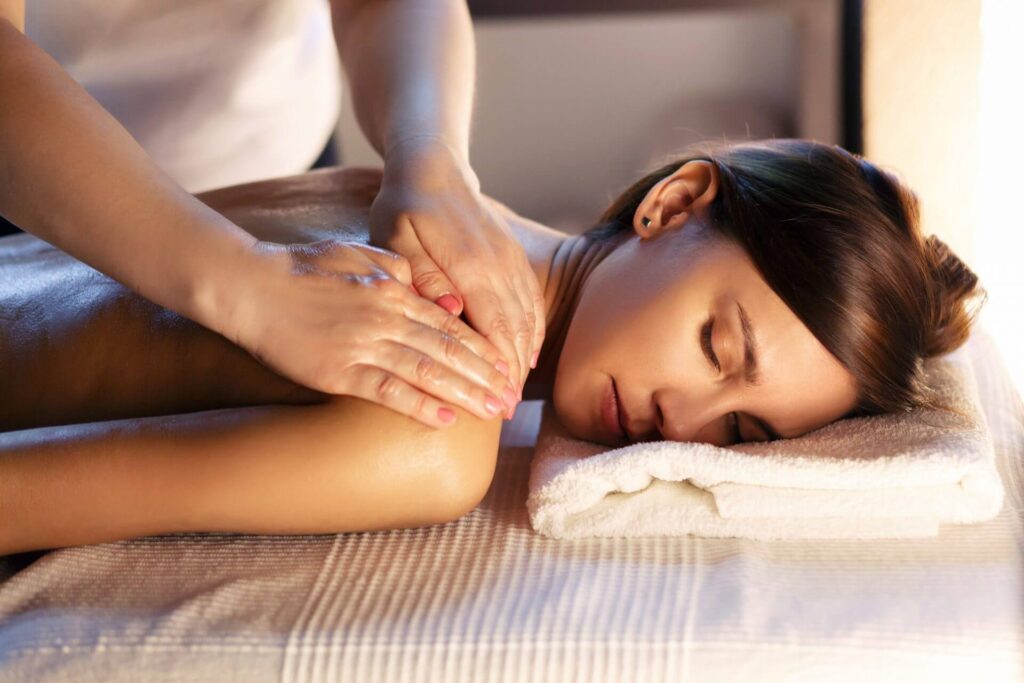
A self-care spa routine can include a wide range of treatments. You can mix and match based on your goals — whether it’s detoxification, rejuvenation, or relaxation.
1. Swedish Massage
Perfect for stress relief and general relaxation. It uses gentle strokes to improve circulation and ease muscle tension.
2. Deep Tissue Massage
Targets deeper muscle layers, ideal for chronic tension or sports recovery.
3. Aromatherapy Massage
Combines essential oils with therapeutic massage to enhance emotional well-being. Lavender, chamomile, and sandalwood oils are great for relaxation.
4. Hot Stone Therapy
Uses heated stones to relax muscles and improve energy flow throughout the body.
5. Reflexology
Focuses on pressure points in the feet and hands, promoting overall health and balance.
6. Hydrotherapy and Steam Rooms
Improves circulation, opens pores, and detoxifies the body naturally.
7. Facial Treatments
Rejuvenate the skin, fight aging, and boost confidence — an important part of holistic wellness.
Integrating a variety of these into your wellness routine keeps your self-care balanced and engaging.
🧘♀️ The Mental Wellness Connection
The emotional benefits of regular spa care are just as important as the physical ones. In an age of constant digital stimulation, spa visits give you a rare opportunity to disconnect and reconnect — with yourself.
- Mindful Relaxation: Spa environments promote stillness and silence, helping your mind reset.
- Anxiety and Burnout Prevention: Regular relaxation breaks can prevent emotional exhaustion.
- Self-Worth and Confidence: Taking care of yourself regularly reinforces the belief that you deserve rest and balance.
A consistent self-care spa ritual teaches your mind to slow down, improving focus and emotional resilience.
🕓 Time Management Tips: Making Spa Visits Fit Your Schedule

One of the biggest barriers to self-care is time. Between work, family, and other obligations, it might seem impossible to fit in regular spa visits. But with a little planning, you can make them part of your wellness routine without guilt or disruption.
1. Schedule Self-Care Like an Appointment
Treat spa sessions as non-negotiable — just like a work meeting or doctor’s visit. Block them into your calendar.
2. Choose Express Treatments
If you’re short on time, opt for 30-minute massages, mini facials, or infrared saunas that fit easily into lunch breaks or after work.
3. Combine Spa and Fitness
Book spa treatments near your gym or yoga studio. Reward yourself with a relaxing massage after your workout.
4. Start Small, Stay Consistent
Even one session per month can make a difference. Gradually increase the frequency as you notice improvements.
5. Incorporate Home Wellness Practices
Complement your spa visits with home rituals — use essential oils, take Epsom salt baths, or practice meditation to maintain the benefits between appointments.
Consistency is more important than duration. Small, regular doses of relaxation lead to lasting well-being.
🏠 How to Create a Mini Spa Experience at Home
For days when you can’t visit a professional spa, create a simplified version at home. This helps maintain your wellness routine and supports mental balance.
1. Set the Mood
Dim the lights, light a candle, and play calming music.
2. Use Aromatherapy
Lavender, eucalyptus, and ylang-ylang essential oils promote calmness and focus.
3. DIY Massage
Use a foam roller or massage oil to relieve muscle tension after a long day.
4. Soak in a Bath
Add bath salts, herbs, or essential oils to turn your bathtub into a relaxation haven.
5. Practice Mindful Breathing
Even five minutes of deep breathing can reduce stress hormones and calm the nervous system.
These micro-rituals can bridge the gap between your professional self-care spa sessions.
🌿 Integrating Spa Visits Into Your Daily Life
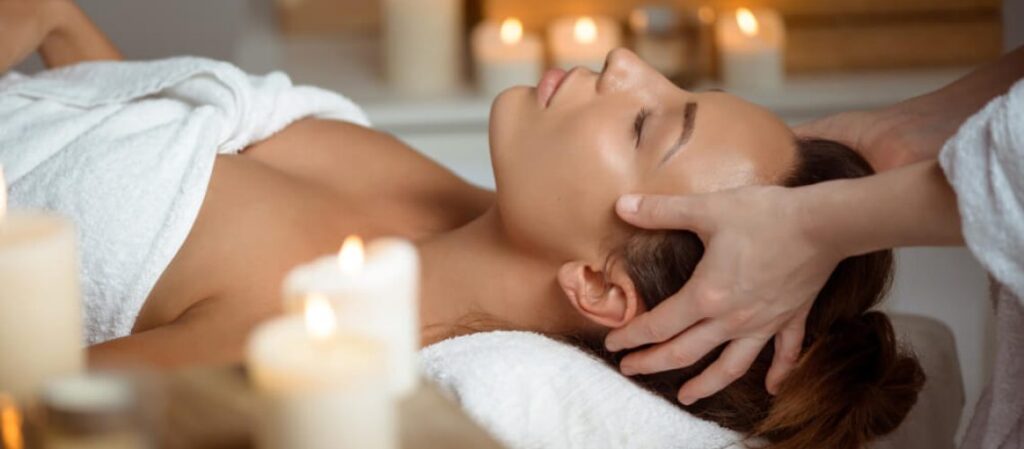
To make regular spa visits a sustainable part of your life, focus on building habits rather than forcing routines.
1. Pair Spa Visits with Life Milestones
Use spa days to celebrate achievements or personal milestones — this creates positive associations with relaxation.
2. Make It a Social Experience
Plan spa days with friends or family to strengthen relationships while unwinding.
3. Use Technology to Stay Consistent
Download apps that help track appointments, recommend treatments, or provide guided relaxation exercises between visits.
4. Personalize Your Routine
Not all treatments suit everyone. Try different spa services until you find what resonates with your body and mind.
5. Combine Spa with Mindful Nutrition
Hydrate well before and after sessions, and maintain a balanced diet to enhance the results of your treatments.
Remember — self-care is a continuous process, not a one-time luxury.
💬 Expert Insights: How Often Should You Visit the Spa?
Experts recommend tailoring the frequency of spa visits to your lifestyle and goals:
- For Stress Relief: Every 2–3 weeks.
- For Chronic Pain or Tension: Weekly sessions may be ideal.
- For Skin and Beauty Maintenance: Once or twice a month.
- For Overall Wellness: Monthly visits keep the benefits consistent.
Consistency ensures the regular massage benefits and relaxation effects don’t fade over time.
🌸 The Long-Term Impact of a Self-Care Spa Lifestyle

Integrating spa visits into your wellness routine can transform your life in subtle yet profound ways:
- You’ll handle stress more gracefully.
- Your energy levels will improve.
- You’ll feel more confident and centered.
- You’ll develop a deeper connection with your body.
- You’ll age more gracefully — inside and out.
By treating self-care as a necessity, you invest not only in relaxation but also in longevity and happiness.
🌼 Final Thoughts: Make Wellness a Way of Life
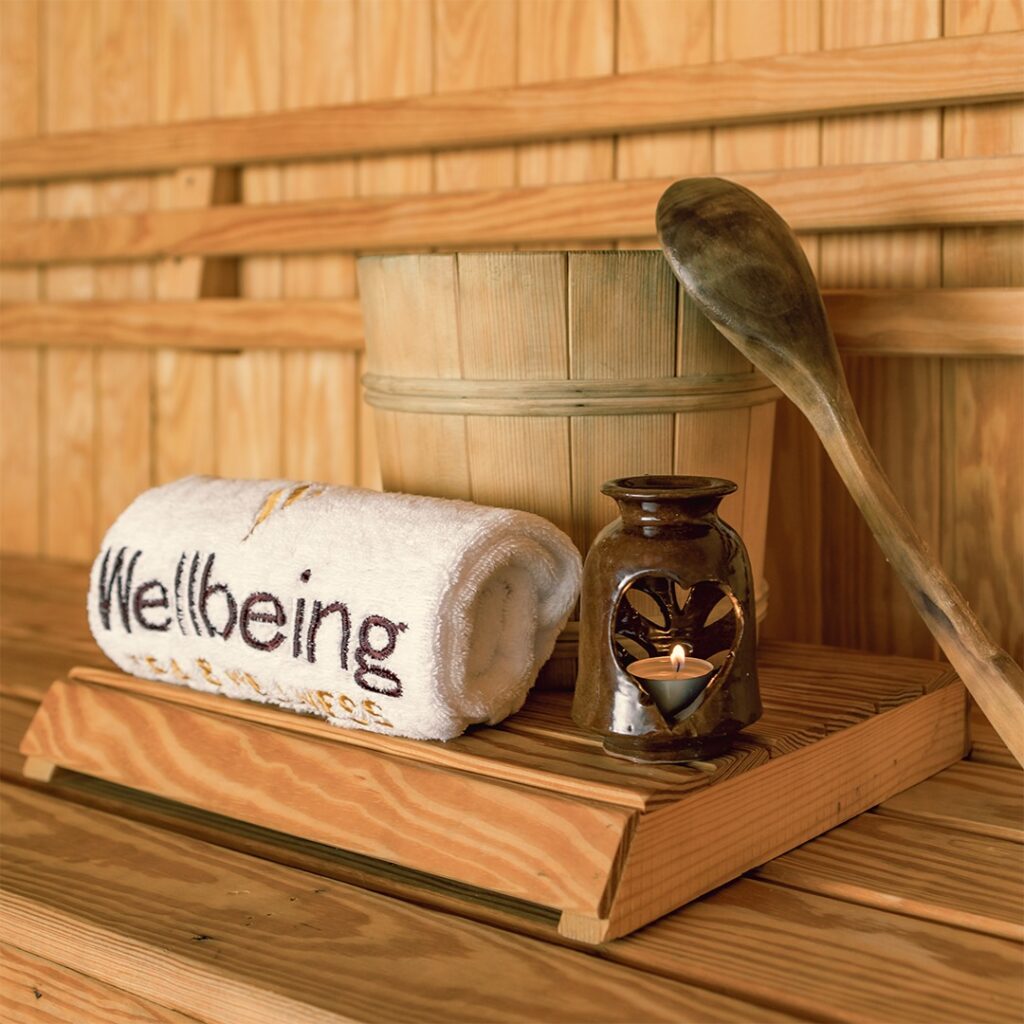
The next time you think of booking a spa appointment, don’t see it as an indulgence — see it as a wellness investment. Regular spa visits nurture your body, refresh your mind, and reset your spirit, helping you show up as your best self every day.
By making self-care spa experiences a regular part of your wellness routine, you create a healthier, happier, and more balanced life. The regular massage benefits will follow naturally — from improved circulation to reduced stress and enhanced sleep.
Your well-being is your most valuable asset. Treat it with the care, attention, and time it deserves. 🌿



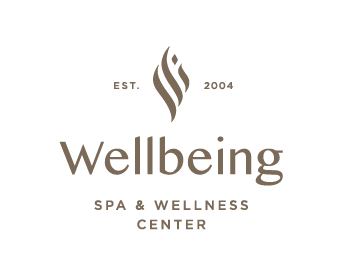
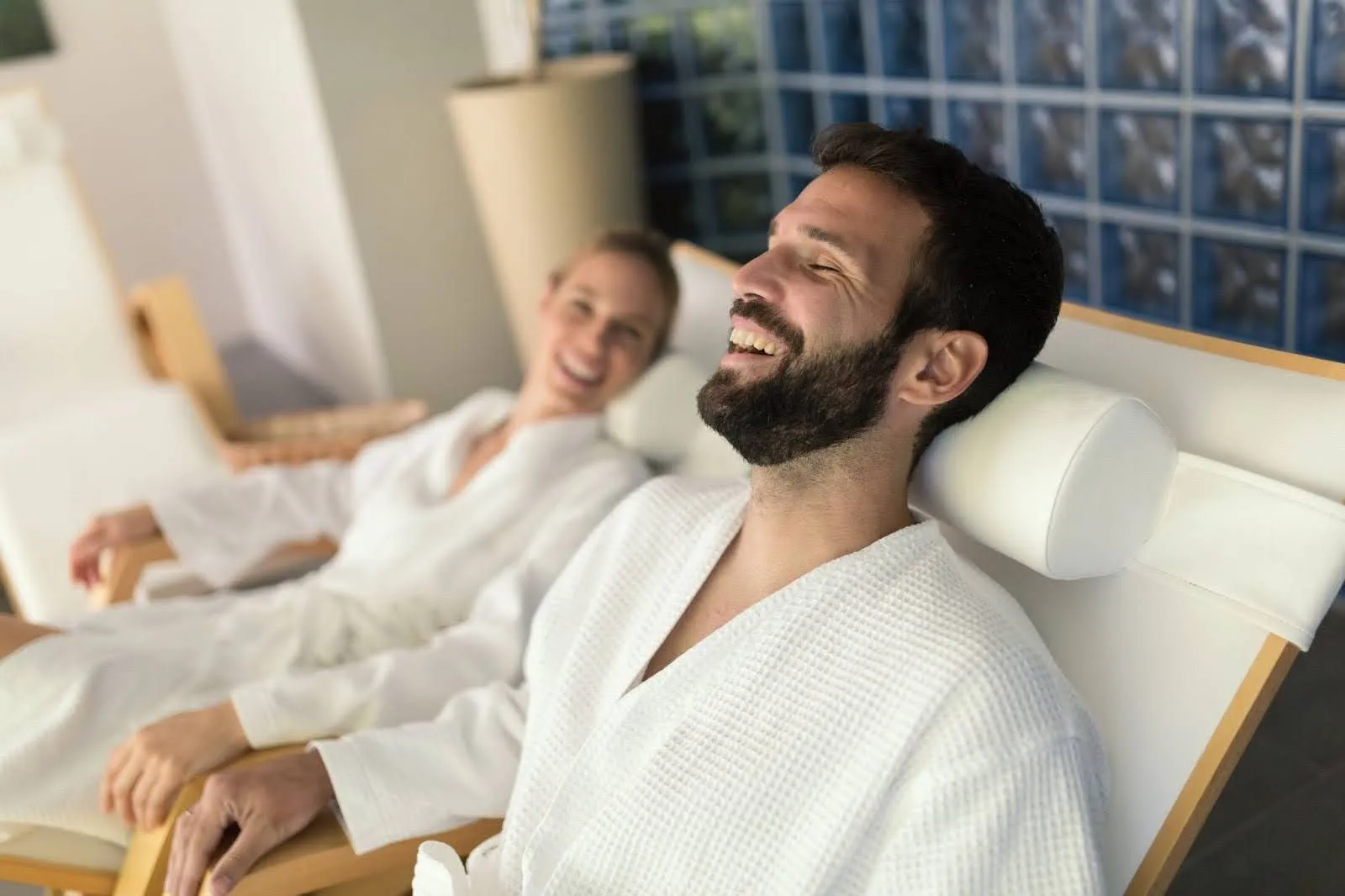

Leave a Reply